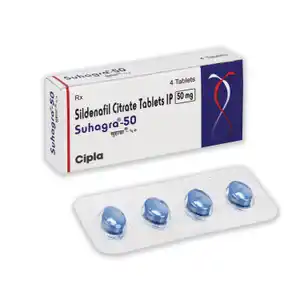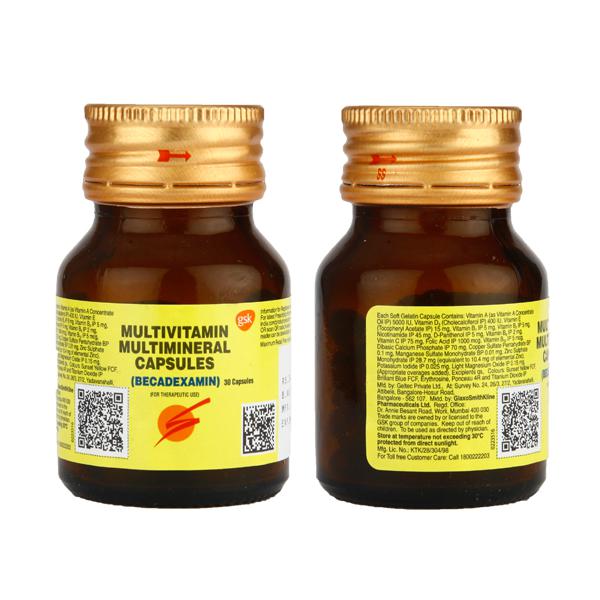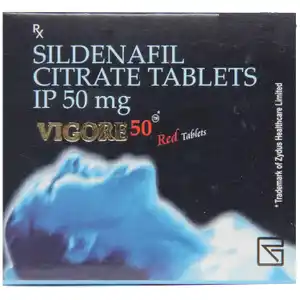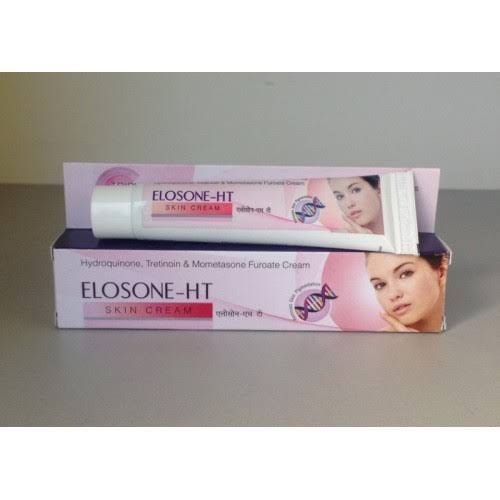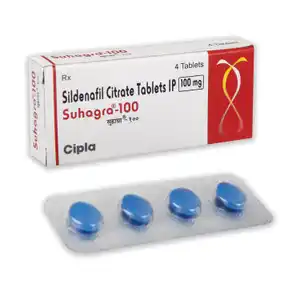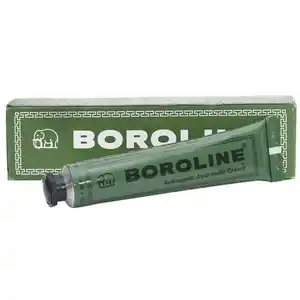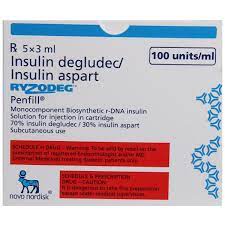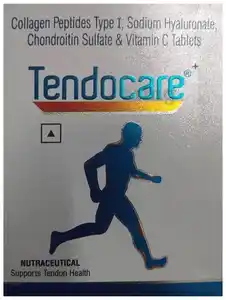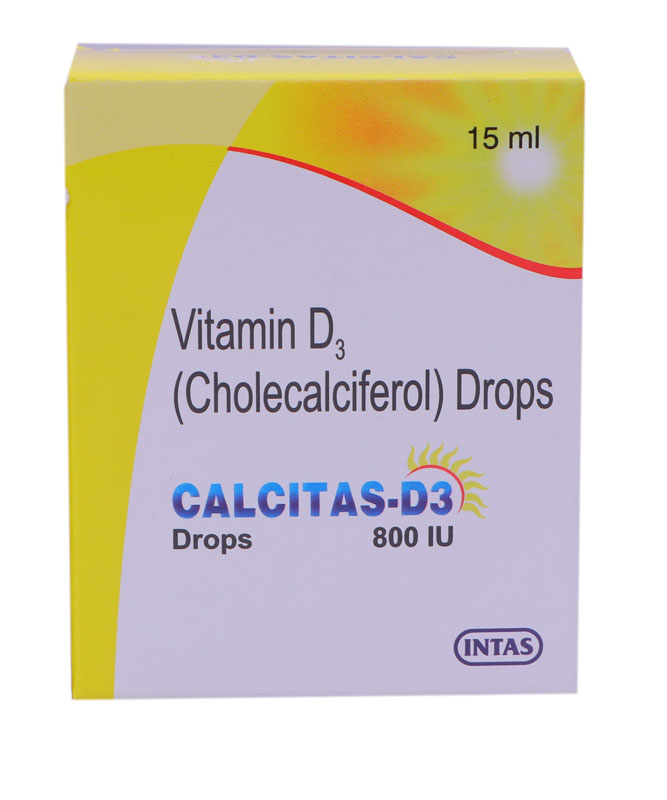In this blog
- Introduction
- What Is Testosterone and Why Is It Important?
- What Is Considered Low Testosterone?
- Common Signs of Low Testosterone in Men
- What Causes Low Testosterone?
- How to Test for Low Testosterone
- Effects of Low Testosterone
- Can You Have Too Much Testosterone?
- Treatment Options for Low Testosterone
- Preventing Low Testosterone
- Conclusion
- FAQs
Introduction
Testosterone plays a pivotal role in maintaining men's health. It affects not only physical attributes like muscle mass and hair growth but also emotional and cognitive well-being. When levels dip, it can lead to low testosterone symptoms that impact daily life. This article explores the signs of low testosterone, its causes, treatments, and answers frequently asked questions.
What Is Testosterone and Why Is It Important?
Testosterone is an androgenic hormone primarily produced in the testes and is essential for developing male characteristics such as a deeper voice, body hair, and muscle mass. It also influences energy levels, mood, and sexual health.
In men, normal testosterone levels typically range between 300 and 1,000 nanograms per deciliter (ng/dL), with levels peaking during adolescence and early adulthood. Over time, a gradual decline is natural. However, when testosterone falls below 300 ng/dL, it is classified as low testosterone or hypogonadism.
Knowing the average testosterone levels by age can help identify whether the decline is normal or requires attention.
What Is Considered Low Testosterone?
Low testosterone, or hypogonadism, occurs when the body produces insufficient testosterone to meet its needs. But what is considered low testosterone? Levels below 300 ng/dL are generally recognized as low.
For example, a healthy 30-year-old man might have testosterone levels near the higher end of the range, while an 80-year-old may have levels near the lower end. Understanding how much testosterone a man has at different life stages is vital to identifying and addressing abnormalities.
Common Signs of Low Testosterone in Men
The signs of low testosterone in men can vary widely. Here are the most common indicators to watch for:
- Reduced Libido
A drop in sexual desire is one of the hallmark signs of low testosterone in a man. This decline in libido can strain personal relationships. - Erectile Dysfunction
While testosterone isn’t the sole factor in achieving erections, low levels can contribute to erectile difficulties. - Fatigue and Decreased Energy Levels
Feeling persistently tired, even after adequate rest, may indicate low testosterone in men symptoms. - Mood Swings and Irritability
Testosterone influences emotional regulation. Symptoms such as depression, irritability, or anxiety could point to low levels. - Loss of Muscle Mass and Increased Fat
Testosterone promotes muscle development. Men with low levels often notice muscle loss and an increase in abdominal fat. - Hair Loss
Does low testosterone cause hair loss? Yes, testosterone is crucial for maintaining hair on the scalp and body, and a deficiency may lead to thinning or baldness. - Reduced Bone Density
Testosterone helps maintain strong bones. Low testosterone symptoms can include a greater risk of fractures. - Cognitive Decline
Struggling with memory or focus? Cognitive issues are another subtle but significant low testosterone sign.
What Causes Low Testosterone?
Understanding what causes low testosterone is critical for prevention and treatment. Here are the main factors:
- Age: Natural declines in testosterone levels in men occur after age 30.
- Obesity: Excess fat tissue can disrupt hormonal balance.
- Chronic Illnesses: Conditions like diabetes, kidney disease, or liver disease can lead to low testosterone symptoms in men.
- Medications: Certain drugs, such as steroids and opioids, can lower testosterone production.
- Stress: Chronic stress elevates cortisol levels, which may suppress testosterone production.
- Injuries: Damage to the testes can impair testosterone production.
How to Test for Low Testosterone
How do I know if I have low testosterone? The most reliable way is to consult a healthcare provider for a blood test. The test measures total testosterone levels, and results can indicate if you have a deficiency.
If you’re wondering how to test for low testosterone at home, some companies offer test kits. However, professional medical testing is more accurate and thorough.
Effects of Low Testosterone
What does low testosterone do to a man? The effects are profound, impacting physical, emotional, and sexual health.
- Physical Effects: Loss of muscle mass, increased body fat, and reduced stamina.
- Emotional Effects: Mood swings, depression, and reduced confidence.
- Sexual Effects: Decreased libido, erectile dysfunction, and fertility issues.
Can You Have Too Much Testosterone?
While low testosterone is problematic, excess testosterone isn’t ideal either. Too much testosterone in men can lead to:
- Aggression and irritability
- Acne and oily skin
- Increased risk of heart disease
- Sleep disturbances
Maintaining balanced levels is key for optimal health.
Treatment Options for Low Testosterone
- Lifestyle Adjustments
Small changes can make a big difference. Exercise, a balanced diet, and adequate sleep can naturally boost male testosterone levels. - Testosterone Replacement Therapy (TRT)
TRT involves administering testosterone through injections, patches, or gels to restore normal levels. However, this should only be done under medical supervision. - Supplements
Over-the-counter supplements claim to enhance testosterone, but consult a doctor before starting any new regimen. You can try out supplements such as ashwagandha and shilajit for boosting sexual performance. - Addressing Underlying Conditions
Treating chronic illnesses or losing weight can improve low testosterone symptoms in men.
Preventing Low Testosterone
Prevention is always better than cure. Here are tips to maintain normal testosterone levels in men:
- Stay Active: Regular strength training can naturally enhance testosterone levels in men.
- Eat Healthy: Include zinc, magnesium, and vitamin D-rich foods in your diet.
- Sleep Well: Aim for 7-9 hours of quality sleep nightly.
- Reduce Stress: Practice mindfulness or meditation to lower cortisol levels.
Conclusion
Recognizing the signs of low testosterone is the first step toward effective management. From low testosterone symptoms to treatment options and preventive measures, being proactive about your hormonal health can enhance your quality of life.
If you’re experiencing any symptoms or wondering how to test for low testosterone, consult a healthcare provider. Balanced testosterone levels in men are essential for physical, emotional, and sexual well-being. Stay informed, stay healthy!
FAQs
1. How do I know if I have low testosterone?
Look for symptoms like fatigue, reduced libido, and mood swings. A blood test can confirm your testosterone levels.
2. What is considered low testosterone?
Levels below 300 ng/dL are generally classified as low.
3. Does low testosterone cause hair loss?
Yes, testosterone influences hair growth. Low levels may contribute to thinning hair or baldness.
4. How much testosterone does a man have?
The normal range is 300-1,000 ng/dL, but it varies with age and health.
5. What does low testosterone do to a man?
It can lead to physical changes like muscle loss, emotional challenges such as depression, and sexual issues like erectile dysfunction.
6. Can low testosterone affect younger men?
Yes, though it’s more common in older men, younger men with certain health conditions or lifestyle factors can experience low testosterone.
7. How to test testosterone levels?
A simple blood test can measure your testosterone levels accurately.
8. Does too much testosterone in men cause issues?
Yes, excessive testosterone can lead to aggression, acne, and cardiovascular risks.
Disclaimer: This article is intended for informational purposes only and should not be considered a substitute for professional medical advice. Always consult a qualified healthcare provider for diagnosis and treatment of any health condition.


